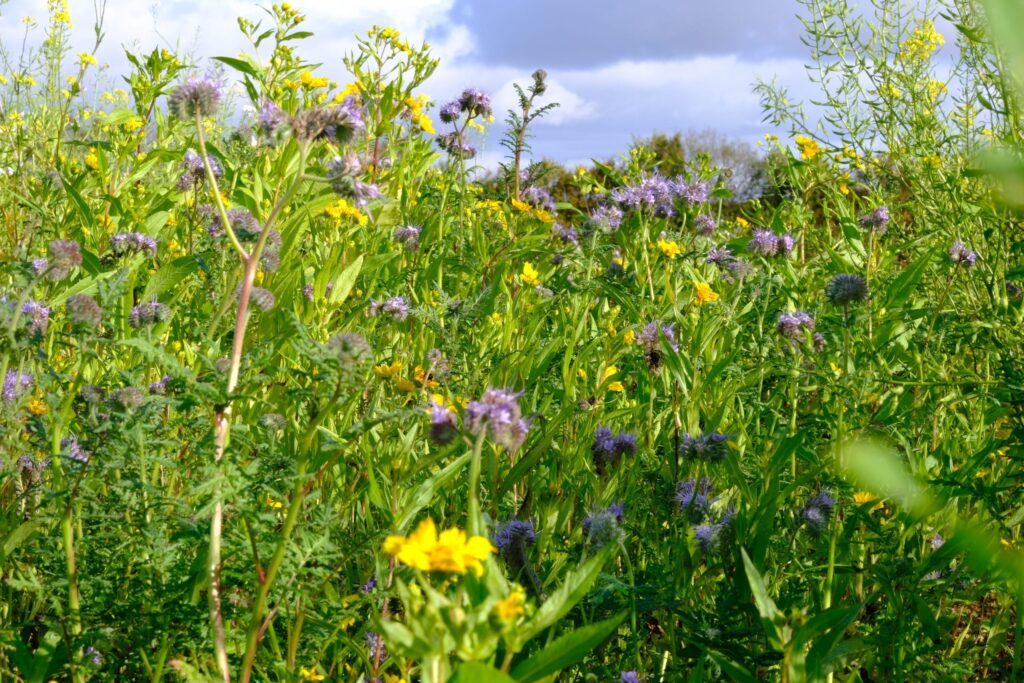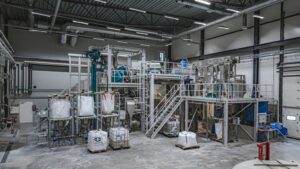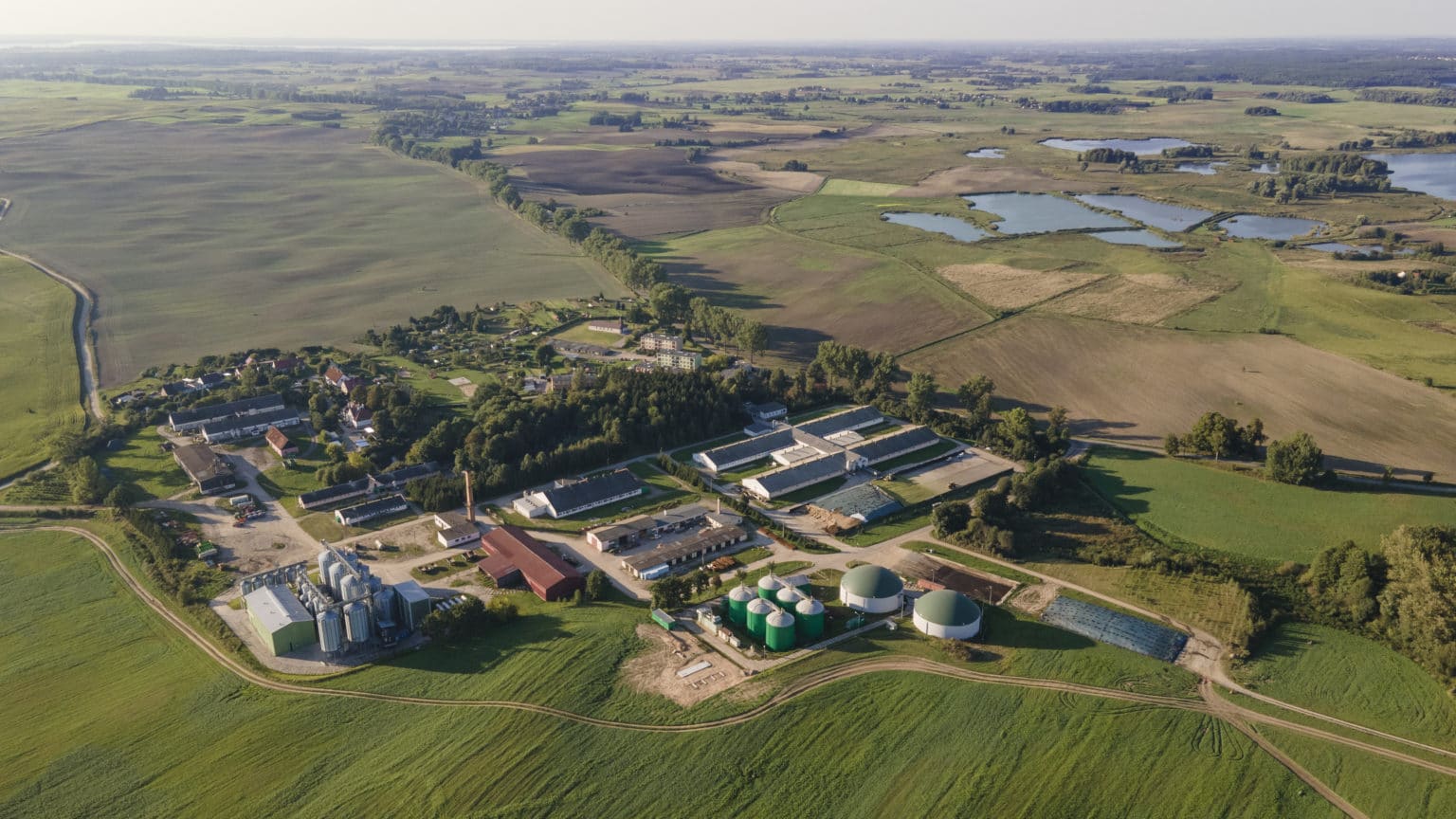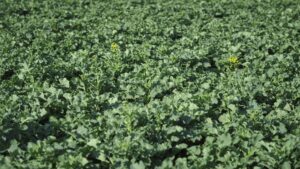With fertilizer prices at record high levels, farmers are scrambling to find a solution. Different strategies exist to limit the use of nitrogen fertilizer to crops, and one such agronomic solution is to sow cover crops.
Apart from changing the crop rotation or the introduction of nitrogen-fixing crops such as soybeans, sowing cover crops is a solution that reduces the nitrogen fertilizer input. Lidea develops multi-species solutions that provide up to 1/3 of the nitrogen requirements for the next crop.
The strategy of sowing cover crops is certainly profitable for farmers as it ensures that their fields are not without nitrogen supply. It all depends of course a bit on market prices, but a unit of nitrogen costs around € 2, while the nitrogen provided by a cover crop is around € 1 per unit. For farmers, sowing cover crops is a profitable investment, rather than a burden.
European regulations recognize covered areas as areas of ecological interest and allow the farmer a means of derogating from the diversification of crop rotation, which is part of the greening of the Common Agricultural Policy (CAP). “Sowing cover crops has a real agronomic interest, for example it improves the structure of the soil and at the same time it restores the nitrogen availability. These plants draw water and nutrients from the soil, and as such reduce nitrate leakage by 50 per cent, compared to bare soil. Some solutions offered by Lidea can capture up to 150 units of nitrogen in the soil but also in the atmosphere thanks to the legumes present in the mixtures (clovers and vetches in particular). After the cover has been destroyed, between 25 and 55% of the nutrients and nitrogen stored in the biomass are returned to the next crop,” says Guy Montet, Fodder and Service Plants Market Manager at Lidea.
Typically cover crops are sown before cultivation and should be considered as the precedent for cultivation. It ensures the protection and enrichment of the soil while preserving the sanitary and parasitic state of the field. Due to their many advantages, the Lidcover Nutri and Lidcover Nitro mixtures are attracting more and more farmers in Europe. Sown in rapeseed, the Lidsymbio VF companion plant mixture will restore 20 to 25 units of nitrogen available for the main crop during its development cycle.
Cover crops have numerous advantages:
- They provide fertilizing elements (Nitrogen, Phosphorus, Potassium and micronutrients) by trapping these elements in the soil which are then available to the next crop.
- They protect the soil against erosion.
- They play a role in the structuring of the soil due to its root development and favour the micro fauna and flora of the soil.
Farmers will see that the attention they pay to the management of fall and spring cover crops will be rewarded in the medium term as these improve the soil quality and crop performance. The choice of cover is essential and must be adapted to the conditions and cultivation practices of each plot.









